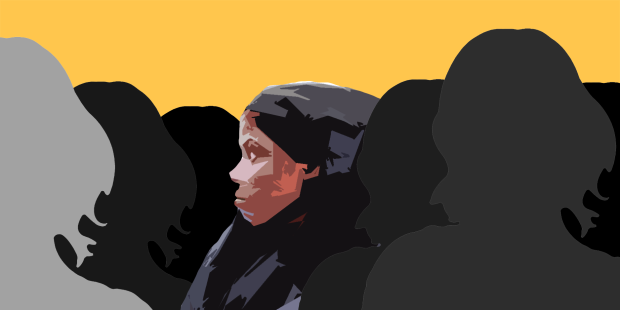
Kolkata was declared the second safest city as indicated by the number of crimes per lakh of population. But, if one tries to form the bigger picture of where the state of West Bengal stands in terms of women’s safety, then the aforementioned fact is very misleading. The state of West Bengal ranks second in the number of crimes recorded against women. This state recorded the highest number of cases of human trafficking in 2016, with 44% of India’s trafficking victims belonging to West Bengal.
It’s a known fact that human traffickers prey on the most vulnerable girls and women, including those who flee their lands because of conflicts, and the poor and homeless. West Bengal saw the influx of 500,000 women from neighboring countries in the last few years. Among them were the Rohingya refugees crossing the India Bangladesh border with the help of dubious middlemen. The porous borders of Bengal allow the movement of refugees and once within the state, their unstable economic conditions make them easy targets for human traffickers.
The women and girls in some of the poorest regions of Bengal are lured with promises of good jobs in the city, and then forced to work in brothels. The fact that Kolkata is home to the largest red-light area in Asia shows the alarming state of trafficking for sexual exploitation in Bengal.
Considering how unchecked trafficking networks are in this state, there’s urgent need for better anti-trafficking systems — services that help track missing girls, efficient legal procedures that enable quick registry of and action against sex trafficking crimes, and many more measures.
Read more here: www.savemissinggirls.com/west-bengals-long-battle-with-human-trafficking-will-it-end



